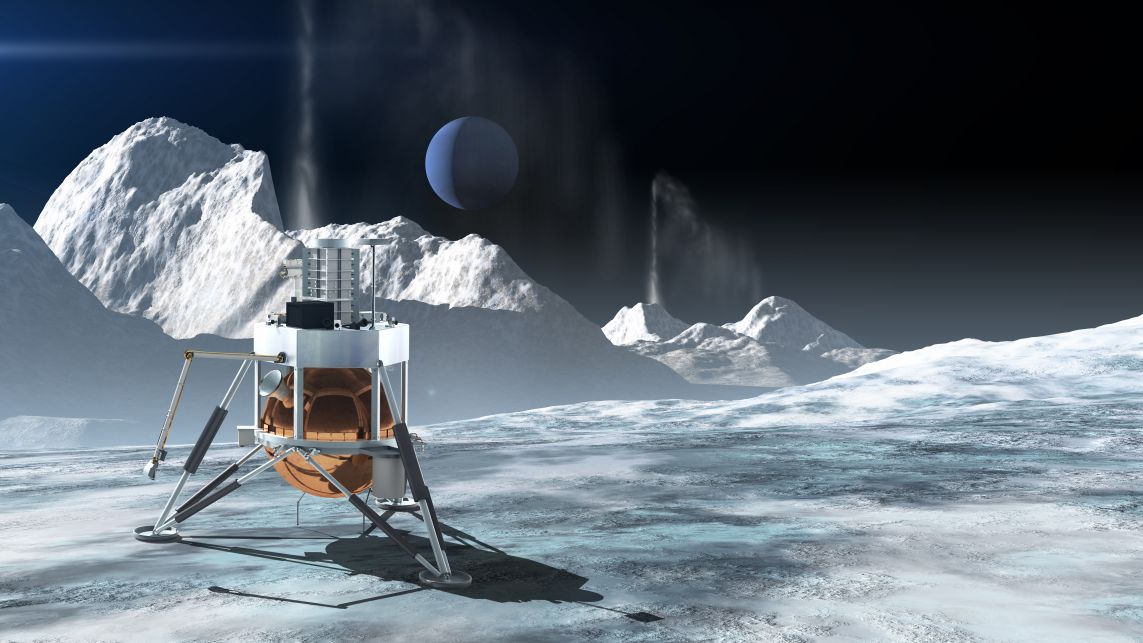The Future of Space Exploration: Polish Engineers Working on “Lunar Hopper”
20th Mar 2024
Poland is all set to introduce its “Lunar Hopper” thanks to Astronika, a Poland-based company that works in space mechanisms. The rover is also funded by the European Space Agency (ESA), working towards progress in space from Europe.
What Makes the Lunar Hopper Unique?
Unlike traditional rovers, this new vehicle can jump over obstacles on the Moon’s tough surface, making navigation easier. This hopper recently showcased its leg mechanism, which helps it leap over three meters high despite weighing around 10 kilograms. The Polish engineers working on the Lunar Hopper equipped it with cameras and tools designed to help scientists study lunar dust and the terrain.
“So far, most exploration missions have been planned very conservatively. Rovers and landers were sent only to relatively flat, safe terrain, which, unfortunately, provides scientific information only about the recent history of the celestial body (and still these machines often landed in unforeseen difficult conditions or fell over and slowly became useless!). It is much more interesting to deliver scientific instruments to hard-to-reach areas, e.g. cliffs, rocks and canyons, where a cross-section of the history of the celestial body can be seen”, – says Łukasz Wiśniewski, Project Manager at Astronika. “The small jumping robot is relatively inexpensive for the mission and easy to bring on board. He’s like a smart and helpful scout who can scout out risky terrain before the rover gets there.”
The Lunar Hopper could be viewed as a game-changer in lunar exploration and represents significant progress from Poland showcasing its progress in space. The information gathered through this rover will help pave the way for future bases and optimize the processes for upcoming missions.
“Additionally, it provides valuable information about the mechanical properties of the surface, which helps increase the accuracy of motion planning. If Jumper gets stuck somewhere, it doesn’t matter! This is his task, to reach where no one has ever tried before and make pioneering measurements. At the same time, the mission will not lose the ability to achieve its main goals through the mother lander or mother rover,” he says.
The Lunar Hopper Beyond the Moon
The technology for the Lunar Hopper is not limited to the Moon and can potentially be used on Mars as well. There are missions planned to Mars that could use an adjusted version of this tech to help with challenges specific to the red planet. Various other technologies designed for one body, if adjusted to suit the conditions of another celestial body, hold promise for interchangeability across different extraterrestrial environments.
What Is Next for the Lunar Hopper?
Following its successful leg mechanism presentation, Astronika is moving forward with the hopper’s initial design. The ESA is also expected to commission a full-scale model for its upcoming missions. A lot of information is still unknown about the final design, but there is speculation that it could feature wheels along with the hopping mechanism to add versatility.

![Beauty of the Pink Moon And Lyrid Meteor Shower in This Week’s Best Astrophotos [19-26 April] Beauty of the Pink Moon And Lyrid Meteor Shower in This Week’s Best Astrophotos [19-26 April]](https://orbitaltoday.com/wp-content/uploads/2024/04/Pink-Moon-is-on-its-way-above-the-mountains-1-300x300.jpg)





Thank you for your comment! It will be visible on the site after moderation.